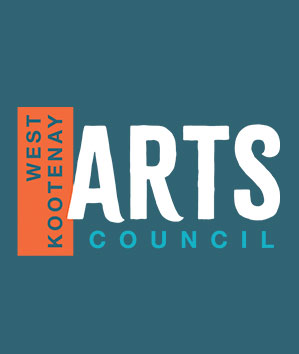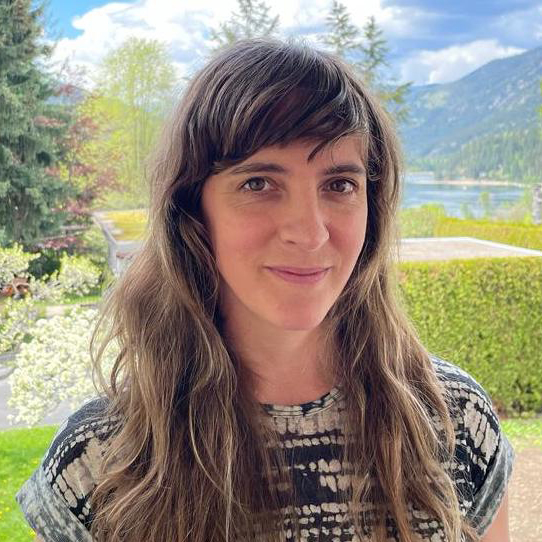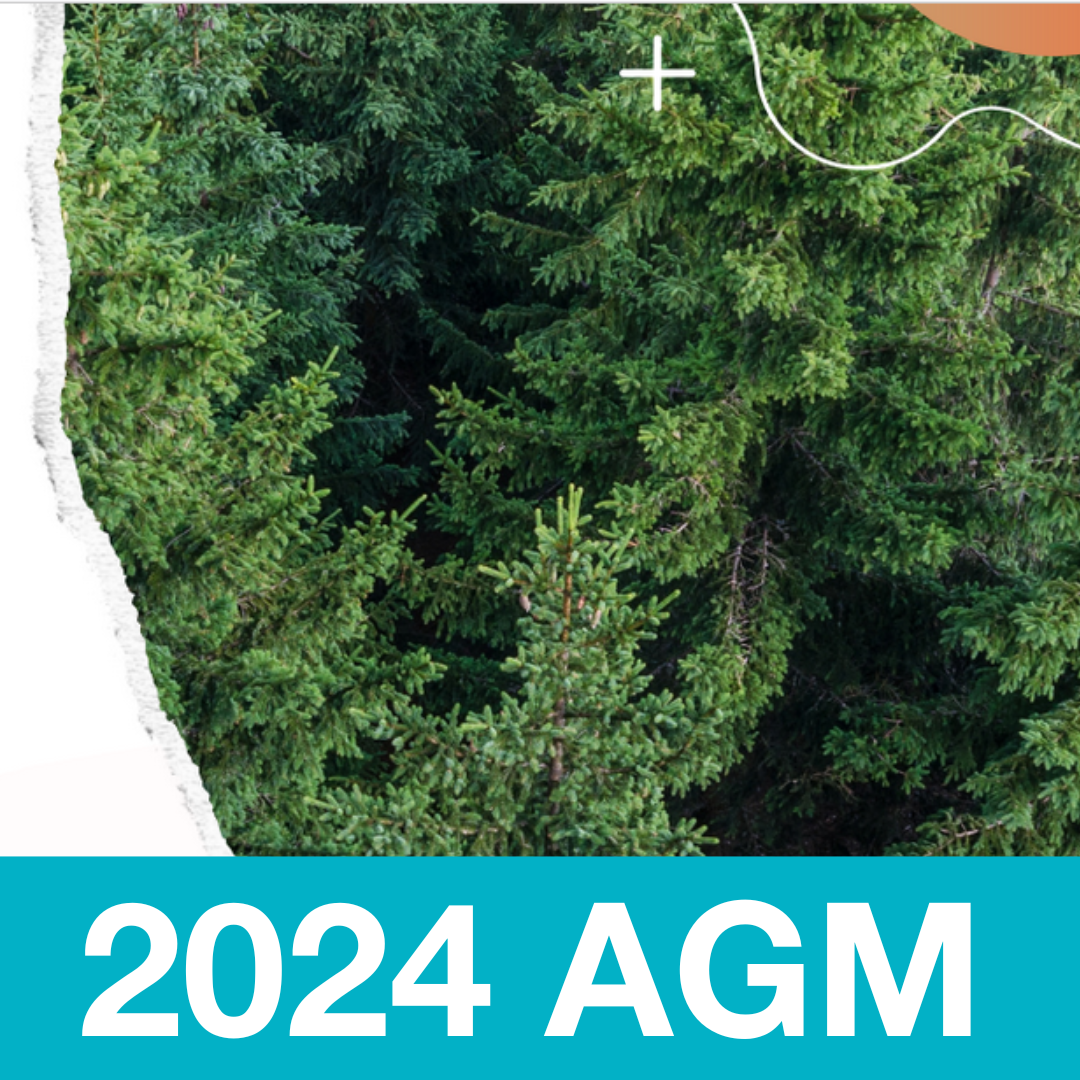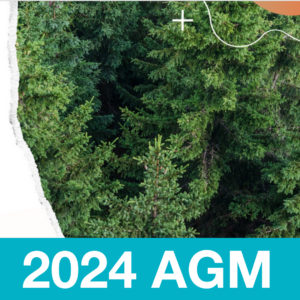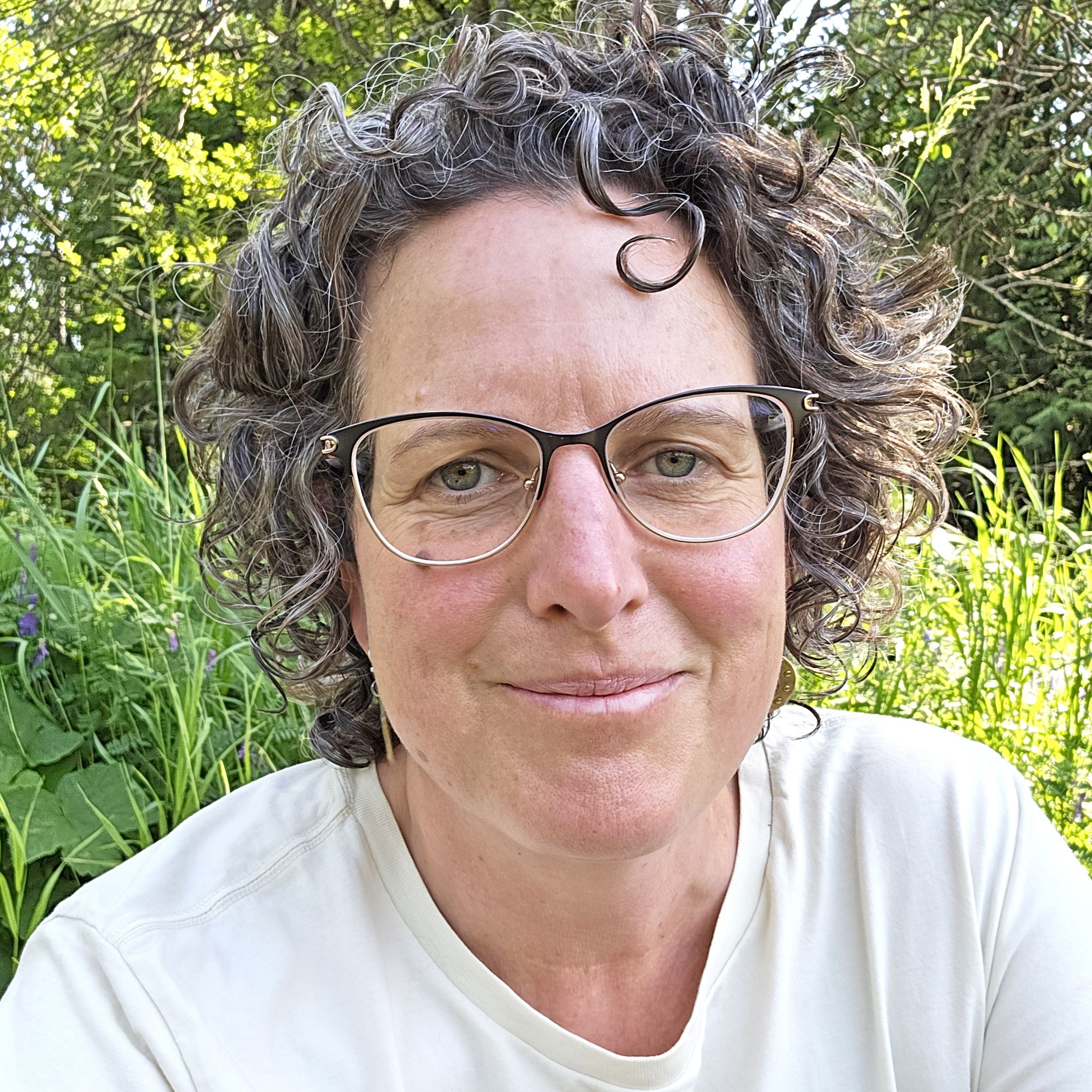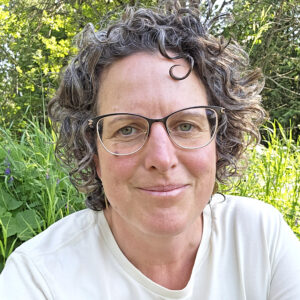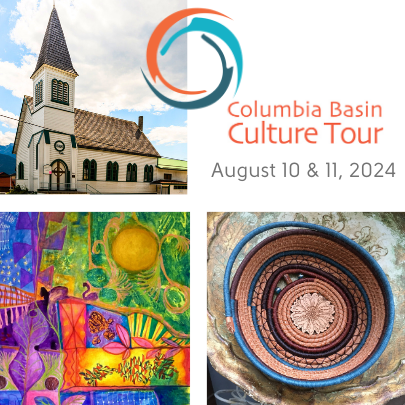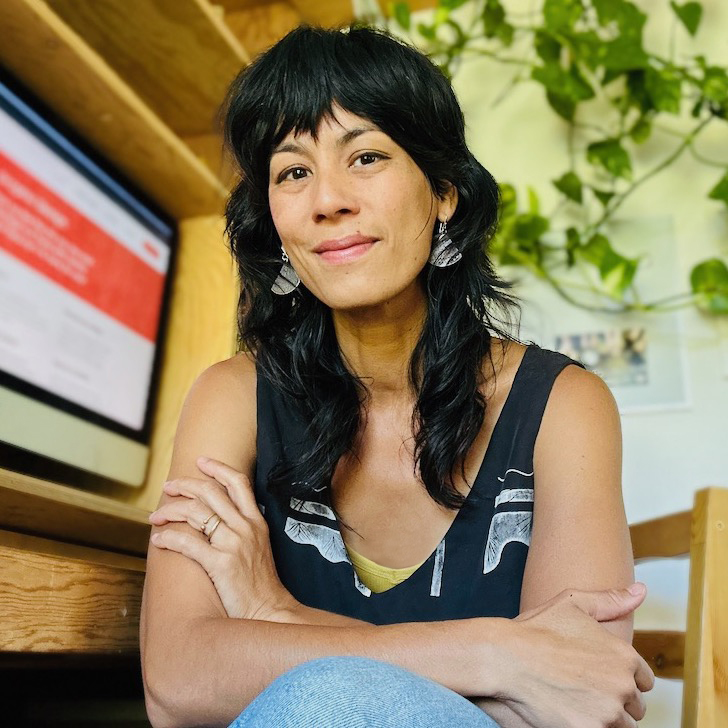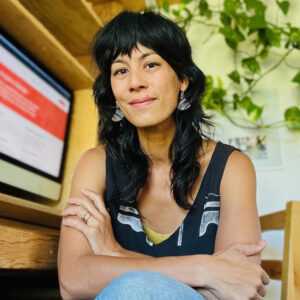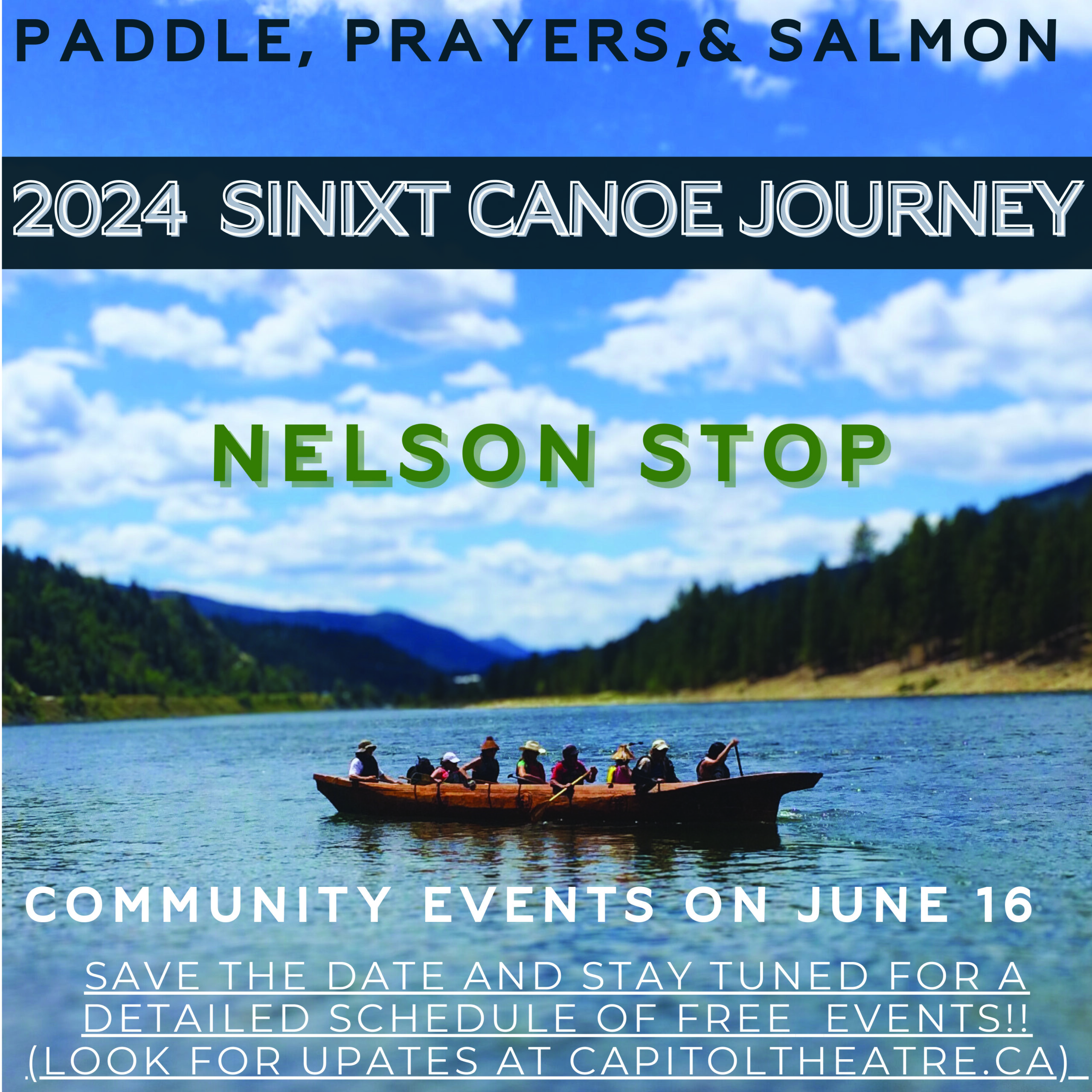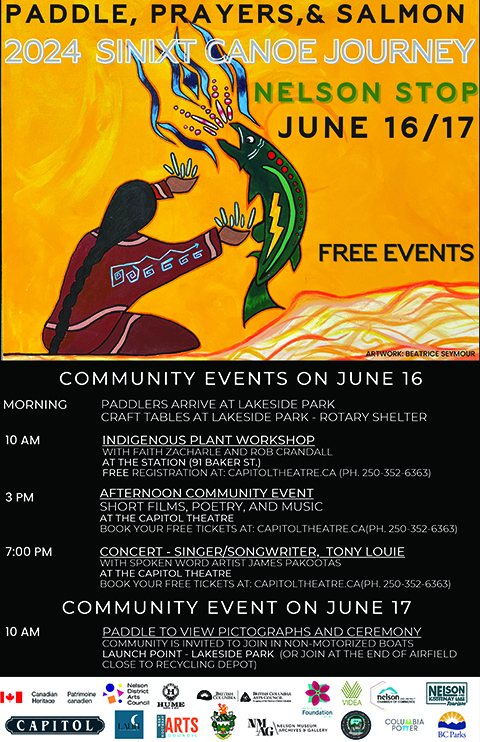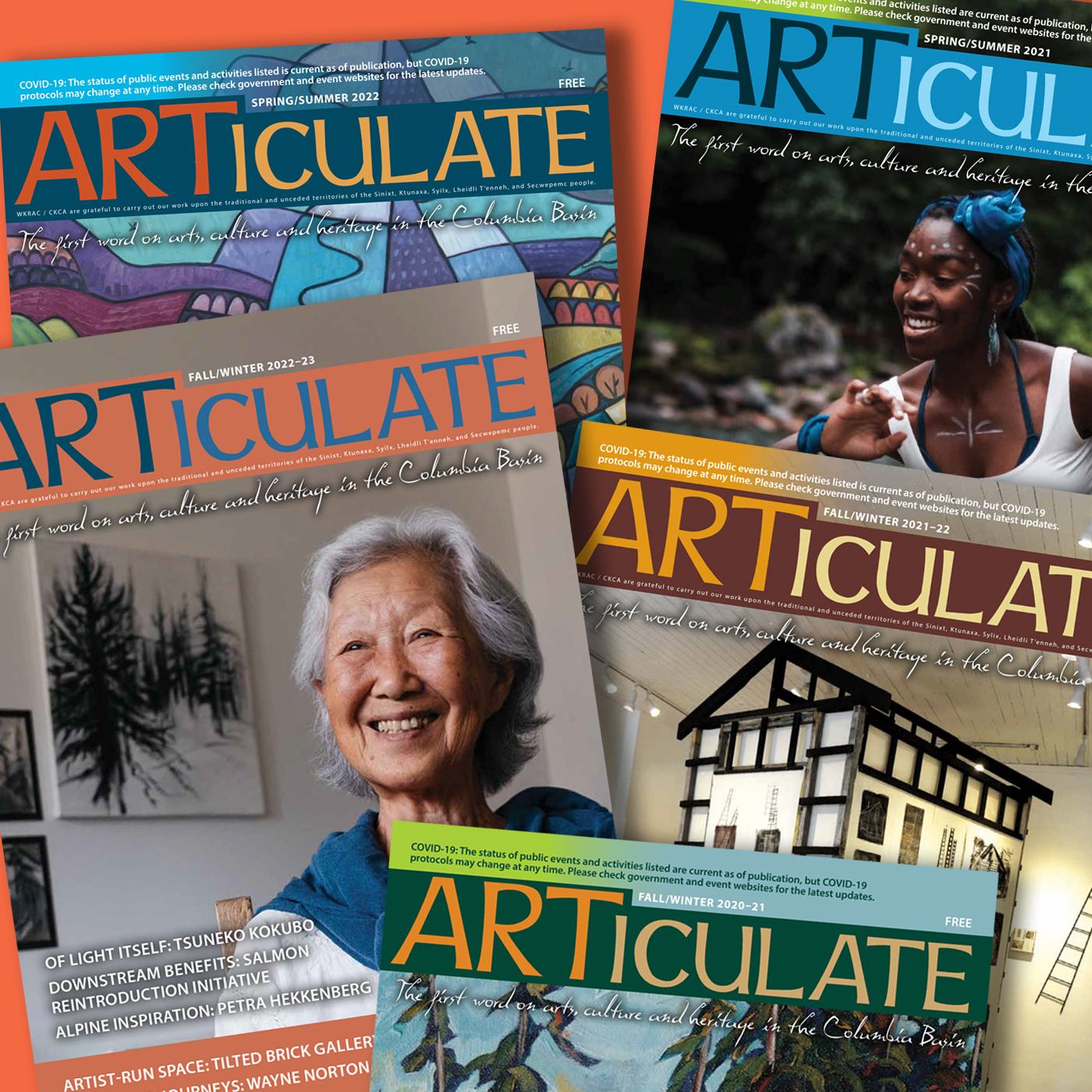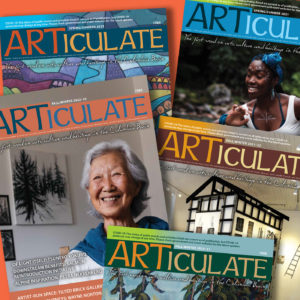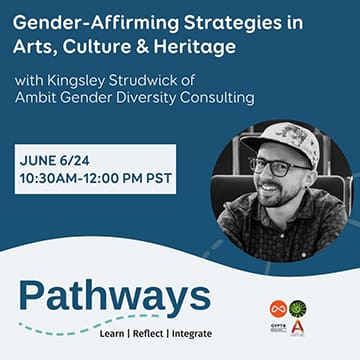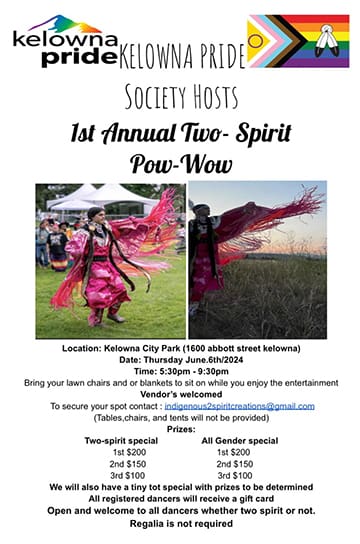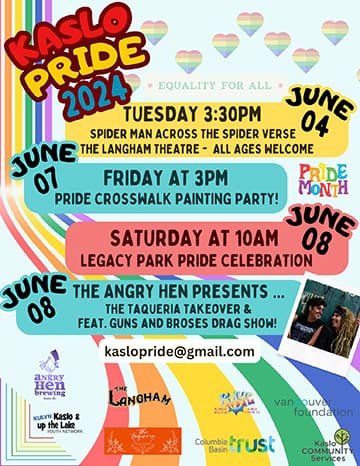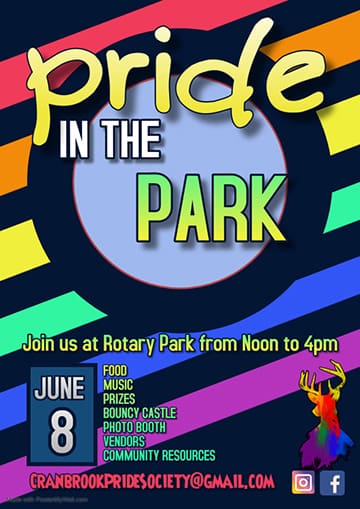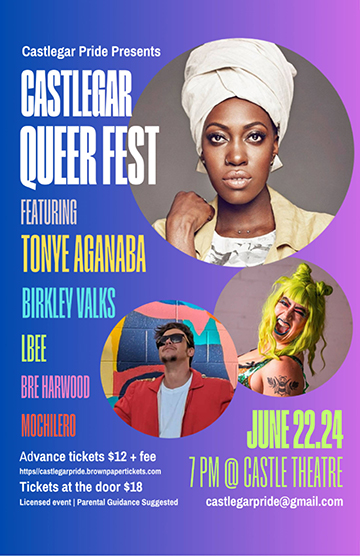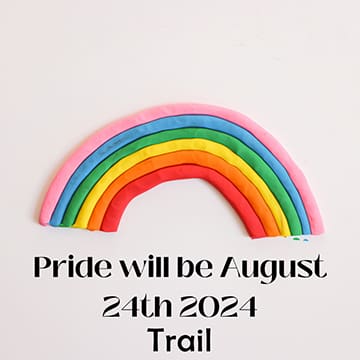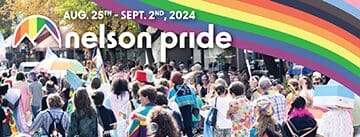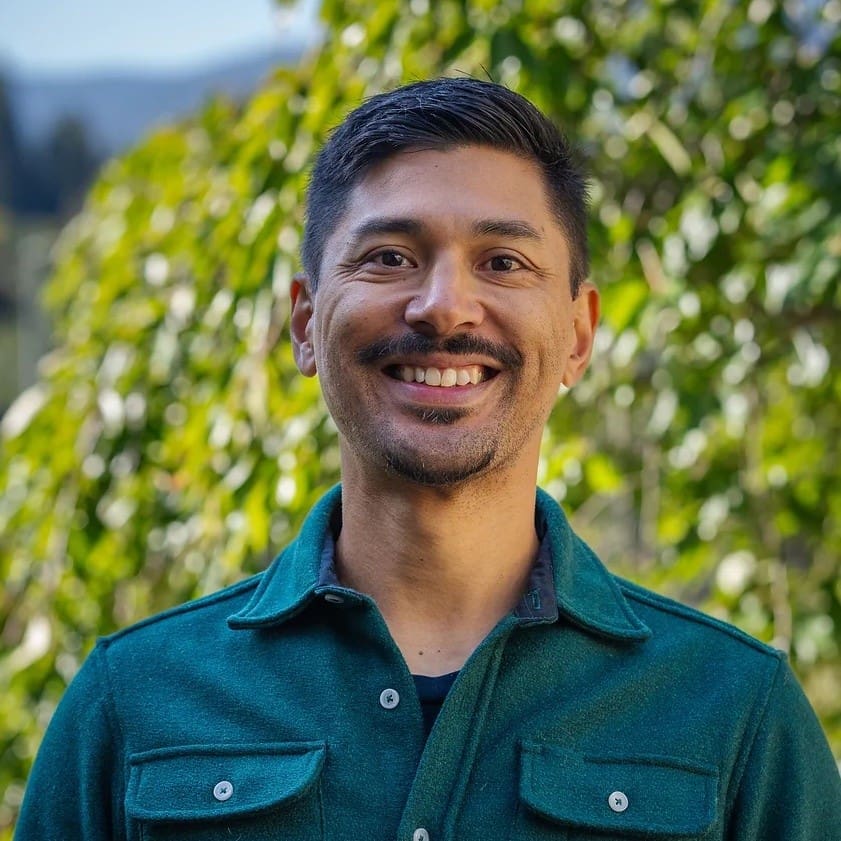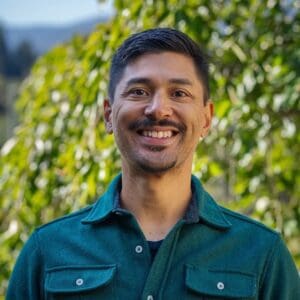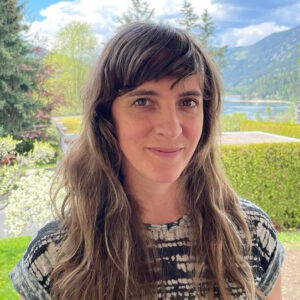
The West Kootenay Regional Arts Council (WKRAC) exists to help arts, culture and heritage in the Columbia Basin thrive. To do so, we rely on a dedicated team of board members, plus steering committee members who oversee the Columbia Kootenay Cultural Alliance (CKCA) arts and culture grants.
Who are these people? In this series, we’re introducing you to the folks behind the scenes.
Genevieve Robertson, Incoming WKRAC Board Treasurer
Genevieve Robertson is a self-employed artist who lives in Nelson.
WKRAC: How did you come to call the Columbia Basin home?
GR: I initially came to the Kootenays in 2017 to visit and support a friend with the birth of her daughter, but I fell in love with the people and environment here and I never left!
Are you involved in arts, culture and heritage outside of your work with WKRAC/CKCA? If so, what is your discipline or practice?
I am a visual artist. My practice is grounded in drawing/painting and extends to video, installation, writing and various forms of collaboration. As the climate crisis intensifies, my interest in cross-sectoral bridging between arts and environmental fields of practice is increasing.
Why did you wish to join this board/committee?
I had twins in 2021 and wanted to become more active in the arts community again. I also wanted to get a sense of what was happening in the arts sector across the region, and gain board experience at an arts service organization. I have seen how WKRAC and CKCA have such a positive impact on so many artists/organizations, and I wanted to be part of that.
What do you think people in the region should be proud of in terms of arts, culture and heritage?
We are a remote, largely rural region with a very diverse, effective and accomplished arts community. While many artists are actively engaged in their local communities, many are also reaching out and making ties beyond the Basin in exciting ways. I think the thriving and engaged arts community here is what sets this region apart from many others in British Columbia.
What advice do you have for people in the region pursuing a career in arts, culture and heritage?
Everyone is different and has such a different story, so I have no universal advice … there’s no clear path as an artist, maybe especially one living remotely. For me, I’ve enjoyed the opportunity to practice making art in a quieter and supportive place. I think of it like a nurturing home base, and try to get out and experience art and make connections elsewhere also. I think having a group of like-minded artists around (even if it’s small) is integral to life as a creative living remotely.
What vision do you see for the future of arts, culture and heritage in the Columbia Basin?
As with the rest of the arts in BC and Canada, I hope we are moving further towards a sector that is equitable, inclusive and supports the research and production of a broad range of practitioners. I also hope that we are moving further towards a reality that includes appropriate remuneration for artists during all cycles of their creative work.
